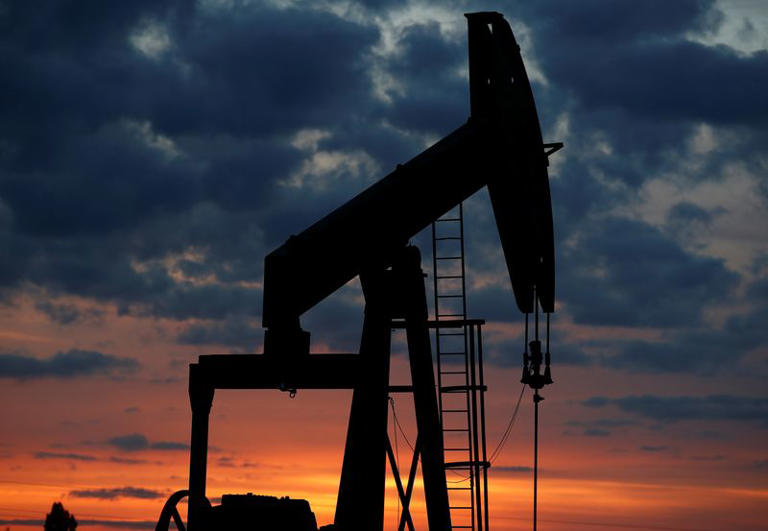Oil prices rose in Asian trade on Friday, setting the stage for a third consecutive weekly increase. This upward momentum is driven by growing expectations that the U.S. central bank will soon cut interest rates, which would likely boost demand for oil.
Brent crude futures for August settlement, which expire on Friday, increased by 41 cents, or 0.47%, to reach $86.80 per barrel by 0439 GMT. The Brent contract for September saw a similar rise, up 0.5% to $85.69 per barrel. Meanwhile, U.S. West Texas Intermediate (WTI) crude futures for August delivery climbed by 50 cents, or 0.61%, to $82.24 per barrel.
Both Brent and WTI futures have seen gains of nearly 2% so far this week. These benchmarks are also on track for monthly increases of slightly more than 6%, recovering from losses earlier in May.
Despite weak near-term fundamentals, such as unexpected gains in U.S. crude inventories during what is typically a period of peak demand, crude oil prices have edged higher. ANZ analysts attribute this resilience to a broader market risk-on sentiment, triggered by data indicating further weakening in the U.S. labor market.
The anticipation of an imminent easing cycle by the Federal Reserve has sparked a rally across stock markets. Traders now estimate a 64% probability of the first Fed rate cut occurring in September, an increase from 50% just a month ago, as per the CME FedWatch tool. Lower interest rates could boost oil demand by making borrowing cheaper and stimulating economic activity.
Adding to the bullish sentiment, the U.S. personal consumption expenditures (PCE) price index, a key measure of inflation closely watched by the Fed, is due to be released at 1230 GMT. This data could provide additional insights into the timeline for potential interest rate cuts this year.
Oil supplies have also faced pressure from weather-related disruptions, which could worsen in the coming weeks. For instance, heavy rains in Ecuador have reduced the country’s oil production by 100,000 barrels per day over the past week, according to FGE Energy. Additionally, the U.S. Gulf Coast, which hosts the majority of the nation’s energy and export infrastructure, is under threat from adverse weather, with the National Hurricane Center monitoring a system that could develop into a cyclone and impact the region.
Moreover, a recovery in physical refining margins has supported the market. The Singapore complex refining margins averaged $1 higher in June at around $3.60 per barrel compared to May. Ivan Mathews, head of Asia refining at FGE, noted that recent improvements in light distillate cracks have bolstered complex refining margins in Asia. He expects refining margins to remain stable heading into the third quarter, with gasoline prices likely to rise through August, although this could be offset by easing diesel cracks amid increasing supplies east of Suez.
The combined effect of anticipated Fed rate cuts, weather-related supply disruptions, and recovering refining margins has provided a solid foundation for the continued rise in oil prices.
